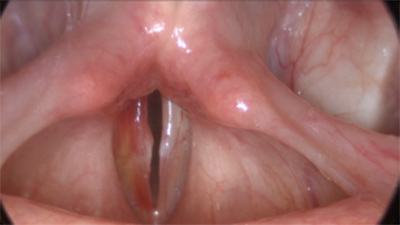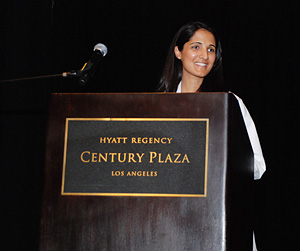- Question: How do the ingredients in e-cigarettes and vaporizers affect respiratory health? - August 16, 2019
- Bad Technique and Vocal Injury - January 9, 2019
- Is Edible Marijuana Dangerous for the Voice? Myths Dispelled - December 18, 2018
- Surprise! You have a hemorrhage - January 31, 2018
- Graves’ Disease: Treatment Overview - September 25, 2017
- Adele and the Stigma of Vocal Injury - July 11, 2017
- Vocal Curbside Consult: How does the thyroid affect the voice? - May 16, 2017
- Vocal Curbside Consult: How do hormones affect the voice? - May 3, 2017
- Vocal Curbside Consult: How do emotion and stress affect the voice? - April 17, 2017
- Vocal Curbside Consult: Vocal Recovery After Illness - April 7, 2017
 There is nothing more stressful for a professional voice user than to be diagnosed with a vocal injury. There is a large range of emotions that come with a diagnosis:
There is nothing more stressful for a professional voice user than to be diagnosed with a vocal injury. There is a large range of emotions that come with a diagnosis:
- Sadness about the injury
- Stress about meeting obligations (financial, performance, etc)
- Fear that their voice will never be the same again
- Self-doubt that something so fundamental to their identity is ‘damaged’
- Self-recrimination that something they did (or didn’t do) caused this injury
Each emotion requires attention; the healing process is directed as much to the vocal cords as it is to the artist’s mental state. The last point, though, is usually the most destructive.
This emotion surfaces in many ways but usually takes the shape of “Did I do this to myself?” This is expected in an environment where many vocal coaches’ claim to fame is injury prevention. The world piles on singers when they are injured for having “bad technique.” Is this true, though? How do technique and injury actually relate to each other?
I have the privilege of caring for vocalists which means I diagnose injury frequently. This puts me in a unique position to assess the factors leading to injury. I discuss the artist’s history leading up to injury extensively and have accumulated mountains of data about the factors that precipitated their injury.
Most injury is caused by what I call a “vocal perfect storm.” By this, I mean that there are usually a few things which, in isolation, wouldn’t cause an injury. However, when combined, there are just enough things going on to create an injury.
What are the factors that can make up a vocal perfect storm? The most common element is illness. A basic upper respiratory infection (a cold) affects the upper respiratory tract (this includes the nose, sinuses, pharynx/throat and larynx/vocal cords). The vocal cords become swollen. When performer is singing or speaking on swollen cords, vocal bruising is more likely to occur.

Once bruising has occurred, the foundation for injury has formed. Illness is the most common factor but what other factors can contribute to an increased risk of injury?
- Factors that can play into a vocal perfect storm include:
- Coughing
- Upper respiratory tract infection/having a cold
- Poor monitors – not being able to hear yourself and pushing
- Exposure to smoke (in the venue or out)
- Reflux (diet changes while on tour, eating late, etc)
- Allergies (moldy venues, dusty buses, etc) and postnasal drip
- Lack of sleep
- Inconsistent vocal coaching
- Not warming up
- Smoking (cigarettes, marijuana, vaping, etc)
Two or more of these factors increase the risk of injury during performance.
Note, “bad technique” is not on that list – but inconsistent vocal coaching is. The role for vocal coaching is injury prevention and early detection of injury. Short of truly damaging vocal styles, singers do not tend to utilize techniques that cause injury. An excellent vocal coach takes a singer’s natural approach and optimizes it for best output. Technique adjustments can lead to improved endurance and stamina and the singer can feel dramatically better as those adjustments are made. Small adjustments can result in huge changes for the singer. The coach is also the best set of ears for your voice to detect a problem at the earliest signs. But technique alone will not prevent injury.
The vocal cords are part of the human body and therefore affected by your internal environment. It is fueled by the air you breathe and so the external environment also impacts the voice. There are multiple variables, therefore, that can increase the risk of injury. This knowledge should help the singer to escape the feelings of shame that often accompany a diagnosis of injury. Most importantly, recognizing the risk factors listed can help the singer to control them. Working with your laryngologist can help you identify what is affecting your voice and control it before you find yourself in a vocal perfect storm.



